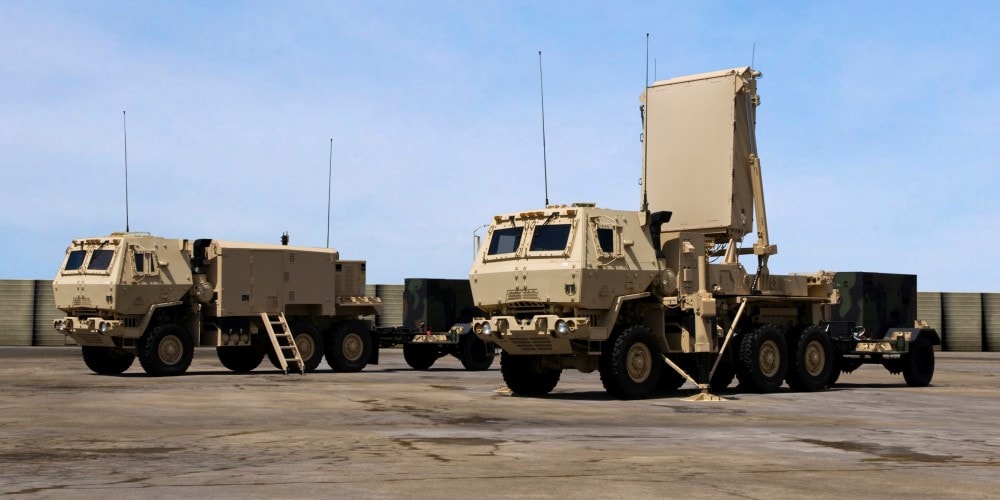The U.S. Army Contracting Command has awarded Lockheed Martin a $12,5 million contract for Counter Unmanned Aerial System.
The contract, announced Monday by the Department of Defense (DoD), covers the development, test, and purchase of Counter Unmanned Aerial System solutions.
According to the DoD’s, work locations and funding will be determined with each order, with an estimated completion date of Sept. 30, 2023.
According to the Lockheed Martin, company’s engineers are collaborating with academia to research, develop and implement the technology that will detect and defeat swarms that can be remotely operated from miles away, fly autonomously, or they may accompany ground vehicles and other aircraft that attempt to harm troops.
“We are currently developing a 60-kilowatt system that combines multiple fiber lasers to generate the high power weapon beam,” said Rob Afzal, senior fellow with Lockheed Martin’s Laser and Sensor systems division.
Because the system relies on many modular fiber lasers, it is easily scalable to meet different levels of power. With this parallel approach, there is no single point of failure that will compromise the laser’s power and functionality – as long as power exists. The laser weapon system can fire over and over, essentially creating an unlimited magazine of ‘bullets.’
Contrary to popular belief, the laser is actually invisible to the naked eye. Once it starts up, it is steadily sent through a beam control system that ensures it can accurately aim, target and destroy the threat – at the speed of light.
Also noted that recently, a Q-53 (AN/TPQ-53) radar showed it can take on the challenging mission of detecting drones. In a demonstration, the radar system adapted to provide both air surveillance and counter fire target acquisition. The Q-53 system detected and tracked several unmanned aerial systems and provided that data to the command and control post.
